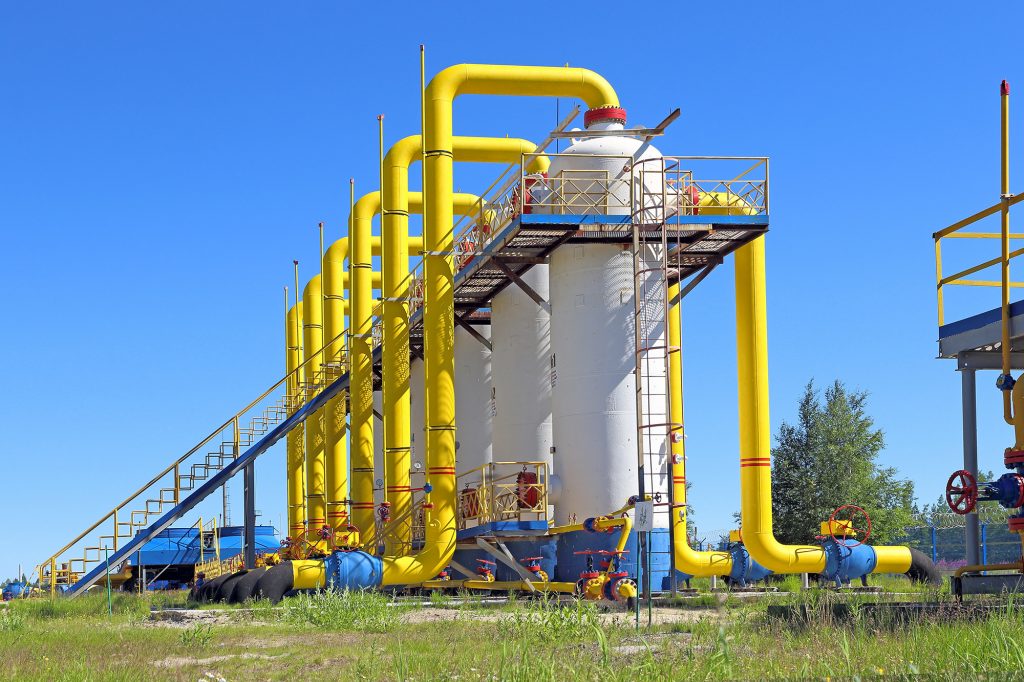FSR Topic of the Month
Upgrading the EU gas market: the ultimate challenge?
by Ilaria Conti (FSR)
Does the “coupled dimension” imply a greater flexibility gap?
Flexibility is not a new term. It entered the energy debate when the amount of RES-based injections into the electricity network became considerable and brought new opportunities as well as new challenges (see FSR workshop in 2015). In a transitional energy system largely based on intermittent electricity generation (such as renewable electricity), the possibility of keeping a continuous flow of energy becomes a vital issue for the safety and reliability of the energy system. Therefore, the need for flexibility becomes an indispensable element also in the transition towards a coupled/integrated energy sector.
We can identify at least three aspects or “dimensions” of the flexibility dilemma, which concerns how to integrate intermittent RES with baseload generation (or with batteries/storage) as efficiently as possible.
- First, it is essential to assess which flexibility sources and infrastructure would best provide “back up” services (storage? gas-fired power plants? nuclear?)
- Second, the debate on flexibility in the electricity sector is often linked to a “management question”: who is in charge of managing flexibility in the electricity grid? TSOs, DSOs? Or should a third actor activate/monitor the switch? Despite having been addressed in the recent EU Clean Energy Package, the topic is still pretty much open (Read recent FSR publications) to further elaboration in a hybrid system.
- Third, if flexibility has a value for the system – should it be regulated and remunerated (and, if so, how? via Capacity Remuneration Mechanisms (CRMs)?) or should the market simply be allowed to generate its value?
By transposing these dimensions onto the gas sector and coupling process, the flexibility dilemma can only grow in size and complexity. Not only because the number of actors involved (from both sectors) increases, but also because regulators and policymakers are challenged to make decisions on a future system and on future technologies which haven’t been thoroughly tested yet in complex systems (i.e. P2G).
The debates revolving around “which flexibility sources” extend to become hybrid RES (=electricity+gas, also intermittent, or hydrogen) versus “available conventional gas” (storage, LNG, CCS, CCU) and how they can cooperate. How can this interaction be virtuous while keeping in mind system efficiency, on one side, and the well-traced decarbonisation path on the other side?
Additionally, the infrastructure dimension will include another fundamental question: which new infrastructure will ensure greater flexibility? The calculation of the flexibility value needs to be re-assessed based on the concept of a hybrid system: which existing (gas or electricity) infrastructure is worth being dismantled and which can best exploit the flexibility value in a coupled system? Is hydrogen a sufficiently flexible energy carrier? Which hybrid sources can be stored and are easy to access/use/inject into the system?
In an attempt to answer some of these questions, the EU Commission launched a critical study to assess “The role of Trans-European infrastructure in the light of the 2050 decarbonisation targets”, whose findings were presented in Madrid last October. Also, the International Association of Oil & Gas Producers (IOGP) was invited by the Latest Madrid Forum to coordinate an analysis of the potential of Carbon Capture and Storage and Carbon Capture and Utilisation technologies.
FSR contributes to this debate by looking into the potential and perspectives of conventional gas in the energy transition: in July we organised a workshop on the role of storage and next week we will host an online debate on the perspectives for LNG in the energy transition.
Concerning the value of flexibility in a coupled system, I very much agree with Jean Michel Glachant’s view that the system and insurance values provided by the gas sector do foster (potentially greater and greater) flexibility to the whole energy system and, as such, this value cannot be ignored. This shouldn’t necessarily be understood as a plea for subsidies, but rather as an invitation to regulators and policymakers to openly recognise the role of each of the sources that are currently available. Although the decarbonisation route is traced now, the infrastructure supporting “conventional” technologies are still largely functioning, economically efficient and could, therefore, be useful in the path to a decarbonised energy sector. Ignoring their existence and forgetting their cost for the operators won’t help or accelerate the energy transition – and might rather have the adverse effect of slowing it down.
To conclude, sector coupling and the decarbonisation targets oblige a re-assessment of the role and value of flexibility for the energy system. While some lessons can be learnt from the flexibility debate in the electricity sector, assessing how to ensure flexibility in a coupled, hybrid system obliges to a greater effort. This will imply a careful cost-benefit analysis of the flexibility instruments and sources that are currently available, as well as of the potential brought by new technologies.







